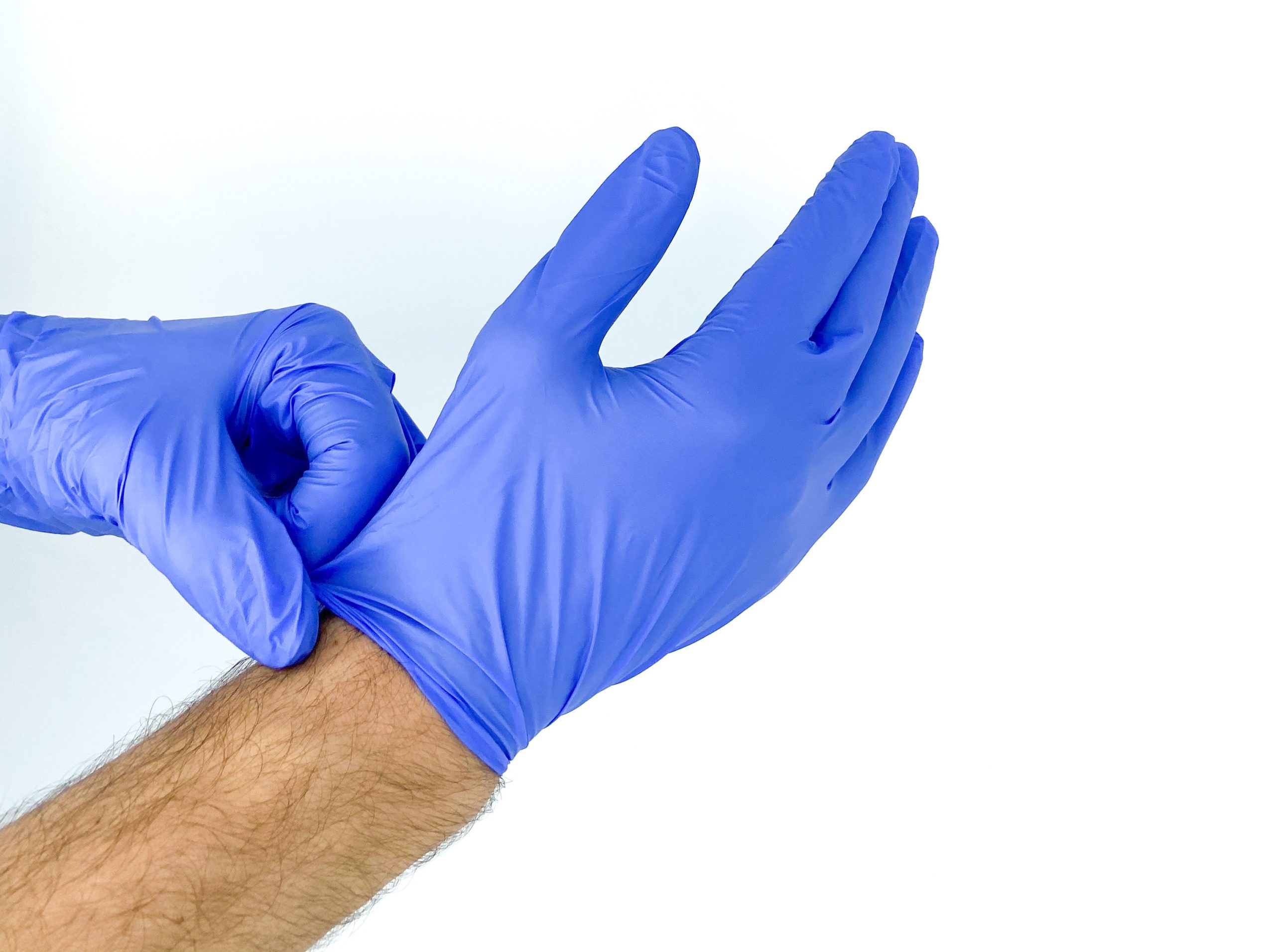Staining exterior wood siding isn’t just about looks—it’s about safeguarding your home. Enhancing wood’s natural beauty while extending its lifespan requires a protective stain. However, in this quest for aesthetics, safety should not be ignored. You should especially be very careful around kids because things with chemicals can get messy really quick.
This article emphasizes the vital safety measures for staining your wood siding. Following these preventive measures is as important as wearing a seat belt before driving.
Benefits of Exterior Wood Siding Staining
Staining your exterior wood siding is more than just a cosmetic upgrade; it’s a strategic decision that offers various benefits, such as:
Preventing Water Absorption. Staining forms a protective barrier, preventing the wood from absorbing excessive moisture. This is critical as water absorption can lead to warping, swelling, and, eventually, wood decay.
1. Shielding from UV Rays
UV rays from the sun can be harsh on wood, causing it to fade and lose its natural color. Staining acts as a shield, offering a layer of defense that preserves the wood’s original hues and appearance.
2. Combatting Wood Rot
Rot is one of the most insidious dangers to wood. Staining helps repel moisture, a significant contributor to wood rot. By keeping the wood dry and sealed, staining effectively combats decay and extends the wood’s life.
3. Enhancing Aesthetic Appeal
Stained wood siding looks beautiful and adds to the overall aesthetics of your home. It accentuates the natural grains and patterns of the wood, elevating the visual appeal of the exterior.
4. Increasing Property Value
A well-maintained and aesthetically pleasing exterior can significantly boost your home’s market value. Staining can make your home more attractive to potential buyers, possibly leading to a quicker sale or a higher selling price.

5. Extended Maintenance Cycles
Properly stained wood requires less frequent maintenance compared to untreated wood. Stains are designed to be long-lasting, reducing the need for constant recoating or refinishing, saving time and effort in the long run.
6. Eco-Friendly Choice
Many modern wood stains are formulated to be eco-friendly, posing minimal harm to the environment.

7. Versatility in Design
Wood stains come in various shades and hues, allowing you to personalize your wood siding to match your desired aesthetic. Whether you prefer a natural wood look or a bolder color, you can find a suitable stain for your wood siding.
Safety Requirements When Staining Exterior Wood Siding
1. Preparation
Gathering Tools and Materials: Start by collecting all the necessary tools and materials as per the stain manufacturer’s guidelines. This includes brushes, rollers, stain, and cleaning agents.
Checking Weather Conditions: Ensure you pick a dry day with mild temperatures for staining. Avoid staining on windy or extremely hot days, as it might affect the application and drying process.
Clearing the Work Area: Before beginning, clear the work area of any obstructions, debris, or flammable materials. A clutter-free space ensures safe movement and minimizes accidents.

2. Use of Personal Protective Equipment (PPE)
Eye Protection: Wear safety goggles to shield your eyes from any potential splashes or fumes that might arise during the staining process.
Respiratory Protection: Use respiratory masks to prevent inhaling harmful fumes or particles of the stain and other chemicals.
Hand and Foot Protection: Protect your hands with gloves and wear sturdy shoes or boots to safeguard your feet from accidental spills or falls.
3. Ventilation
Importance of Proper Ventilation: Select a well-ventilated area for staining. If indoors, ensure windows and doors are open, and consider using fans to help improve air circulation.
Using Fans and Masks: Set up fans to direct fumes away from your work area. Masks also provide an additional layer of protection against inhaling fumes.
4. Chemical Safety
Understanding the Stain Product: Familiarize yourself with the specific stain you’re using. Understand its chemical composition, potential hazards, and recommended handling procedures.
Reading Product Labels: Thoroughly read and follow the instructions on the product and any associated warnings to ensure safe usage.
Handling and Storing Stains Safely: Handle stains with care to prevent spills or accidents. Store them in a cool, dry place, away from heat or direct sunlight, and out of reach of children.

5. Fire Safety
Fire Prevention: Avoid working near open flames or areas with potential fire hazards. Ensure that your staining materials and equipment are kept away from any sources of heat or sparks.
Eliminating Flammable Conditions: Check your work area for any flammable materials and remove them to reduce the fire risk. Be cautious when using rags soaked in stain, as they can be flammable.
6. Handling Accidents and First Aid
Accidents can happen, but being prepared and knowing how to respond is crucial for minimizing potential harm.
7. Common Accidents During Staining
Chemical Contact or Inhalation
If the chemical or stain comes into contact with your eyes or is inhaled accidentally, quickly flush your eyes or skin with water for at least 15 minutes. If inhaled, move to fresh air first and then seek medical attention.
Cuts and Scrapes
If you get any accidental cuts or scrapes while handling tools or materials, wash the wound with clean water, apply antiseptic, and cover with a sterile bandage.
Falls or Slips
If you trip, fall, or slip on slippery surfaces, assess for injuries, apply appropriate first aid, and ensure the area is made safe to prevent further accidents.
Post-staining Cleanup and Disposal
The job isn’t quite finished once you’ve successfully stained your exterior wood siding. Proper cleanup and disposal are essential to maintain a safe and organized workspace.
Cleanup
- Clean up staining tools and equipment, such as brushes, rollers, and sprayers. Clean with appropriate solvents or water.
- Drop cloth and tarps. Allow them to dry if stained, then fold and store for future use.
- Wash PPE thoroughly and clean any stained clothing according to the manufacturer’s recommendations.
- Address any spills promptly to prevent stains from setting on unintended surfaces.
Disposal
- Empty stain containers and allow them to dry completely before disposing of them.
- Store the leftover stain in airtight containers for future touch-ups.
- Lay the rags and wipes flat to dry, away from direct sunlight, in a well-ventilated area. Once dry, they can often be disposed of as regular trash.
- If any stain or cleaning products are considered hazardous waste, follow local guidelines for disposal.

Conclusion
While staining exterior wood siding brings about a beautiful transformation, safety should never be compromised. By following these safety requirements, you not only guarantee a successful staining project but also prioritize the well-being of everyone involved in the journey to enhance your home’s aesthetics.
Stay safe, stay protected, and enjoy revitalizing your home through wood siding staining. If you are still deciding whether you can do it yourself, it is advised to get professional help. Contact us to set up a time to discuss your needs and get a free estimate.





